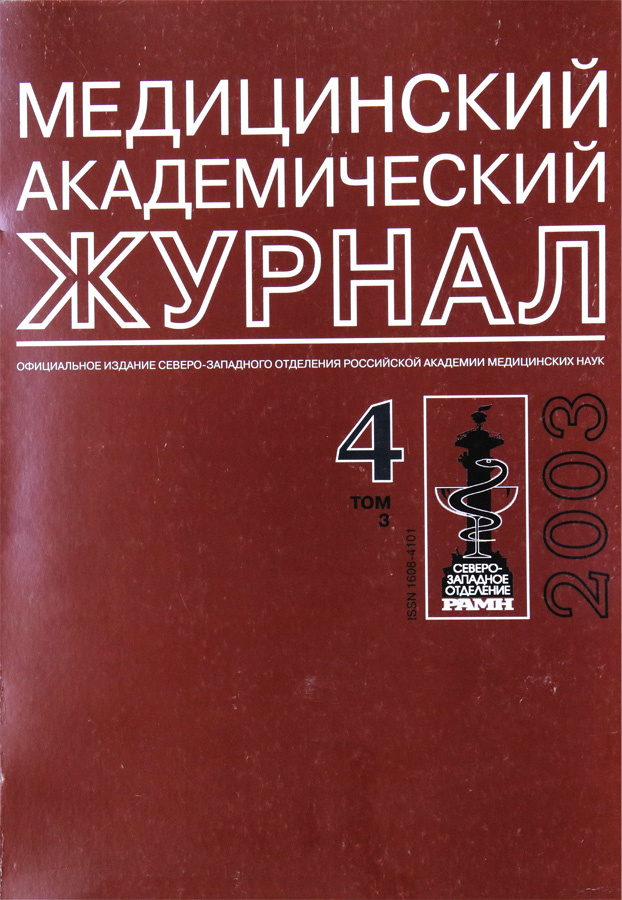Antiviral activity of interferon inducer amixin
- Authors: Deeva E.G.1, Anfimov P.M.1, Kiselev O.I.1
-
Affiliations:
- Research Institute of Influenza of RAMS
- Issue: Vol 3, No 4 (2003)
- Pages: 54-59
- Section: Clinical medicine
- Published: 25.11.2003
- URL: https://journals.eco-vector.com/MAJ/article/view/693772
- ID: 693772
Cite item
Abstract
An antiviral property of a low molecular interferon inducer - amixin has been analyzed on in vitro models of influenza virus infection in tissue culture. As a result of our investigations it was revealed that amixin has a direct effect on RNA virus reproduction (e. g., influenza viruses) and inhibits a synthesis of viral nucleic acids. Moreover, amixin is equally active as for rimantadine-resistant influenza viruses type A, so as for influenza viruses type B, that is characterized by naturally occurring amantadine and rimantadine resistance. Amixin belongs to the preparations that succesfully combine interferon-inducing activity and direct antiviral effect, that could be considered as an advantage comparing with cycloferon and neovir. However, amixin demonstrates high cytotoxicity thus calling for improvement of its therapeutic efficacy. New antiviral derivatives of fluorenone and improvement of amixin biological characteristics development can be reached by introduction of specific substitutions into symmetrical aminoethoxigroups.
Keywords
About the authors
E. G. Deeva
Research Institute of Influenza of RAMS
Author for correspondence.
Email: shabanov@mail.rcom.ru
Russian Federation, St. Petersburg, 197376
P. M. Anfimov
Research Institute of Influenza of RAMS
Email: shabanov@mail.rcom.ru
Russian Federation, St. Petersburg, 197376
O. I. Kiselev
Research Institute of Influenza of RAMS
Email: shabanov@mail.rcom.ru
член-корреспондент РАМН
Russian Federation, St. Petersburg, 197376References
- Деева Э. Г. Сравнительный анализ противогриппозной активности соединений ряда азоло-азинов, флуоренов и акридонов: Автореф. дис. ... канд. мед. наук. СПб., 2000.
- Ершов Ф. И. Антивирусные препараты: М.: Медицина, 1998. С. 90-91.
- Киселев О. И. Амиксин - структура, механизмы действия и перспективы применения // Человек и лекарство. 1998. С. 123.
- Киселев О. И., Деева Э. Г., Слита А. В., Платонов В. Г. Антивирусные препараты для лечения гриппа и ОРЗ // Дизайн препаратов на основе полимерных носителей. СПб., 2000. С. 77-83.
- Плате Н. А., Васильев А. Е. Физиологически активные полимеры. М.: Химия, 1986. С. 2-10, 40-56.
- Тазулахова Э. Б., Чижов Н. П., Борисова М. С., Ершов Ф. И. Участие иммуноцитов в продукции интерферона в ответ на индукцию ароматическими углеводородами // Антибиотики и химиотерапия. 1991. Т. 36. № 10. С. 28-30.
- Algarra I., Gonzalez A., Perez М., Gaforio J.J., Garrido F. Effect of in vivo activation of natural killer (NK) cells by a tilorone analogue on the survival of mice injected intravenously with different experimental murine tumors // Clin. Exp. Immunol. 1996. № 103 (3). P. 499-505.
- Bischoff G., Bischoff R., Groman U. et al. A structure-function study of nucleic acid-fluorenone complex // Biomo. 1 Struc. Dyn. 1998. №16. P. 187-203.
- Fischer J., Hein L., Lullmann-Rauch R., von Witzendorff B. Tilorone-induced lysosomal lesions: the bisbasic character of the drug in essential for its high potency to cause storage of sulphated glycosaminoglycans // Biochem. J. 1996. №15 (Pt 2). P. 369-375.
- Karpov O. V. Spectrophotometric study of the interaction of single-stranded RNA with tilorone // Ukr. Biokhim. Zh. 1997. № 69(3). P. 122-125.
- Karpov A. V., Antonenko S. V., Barbasheva E. V., Spivak N. I. Study of anti-HIV activity of the yeast RNA-tilorone molecular complex // Vopr. Virusol. 1997. № 42(1). P. 17-19.
Supplementary files






